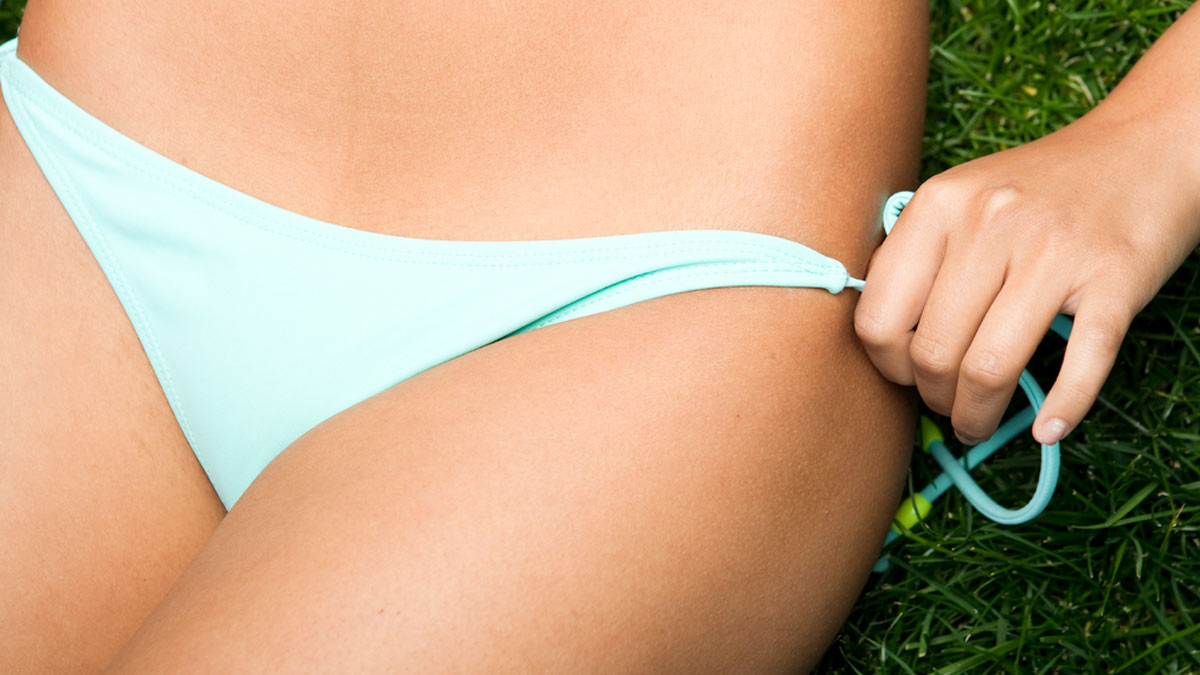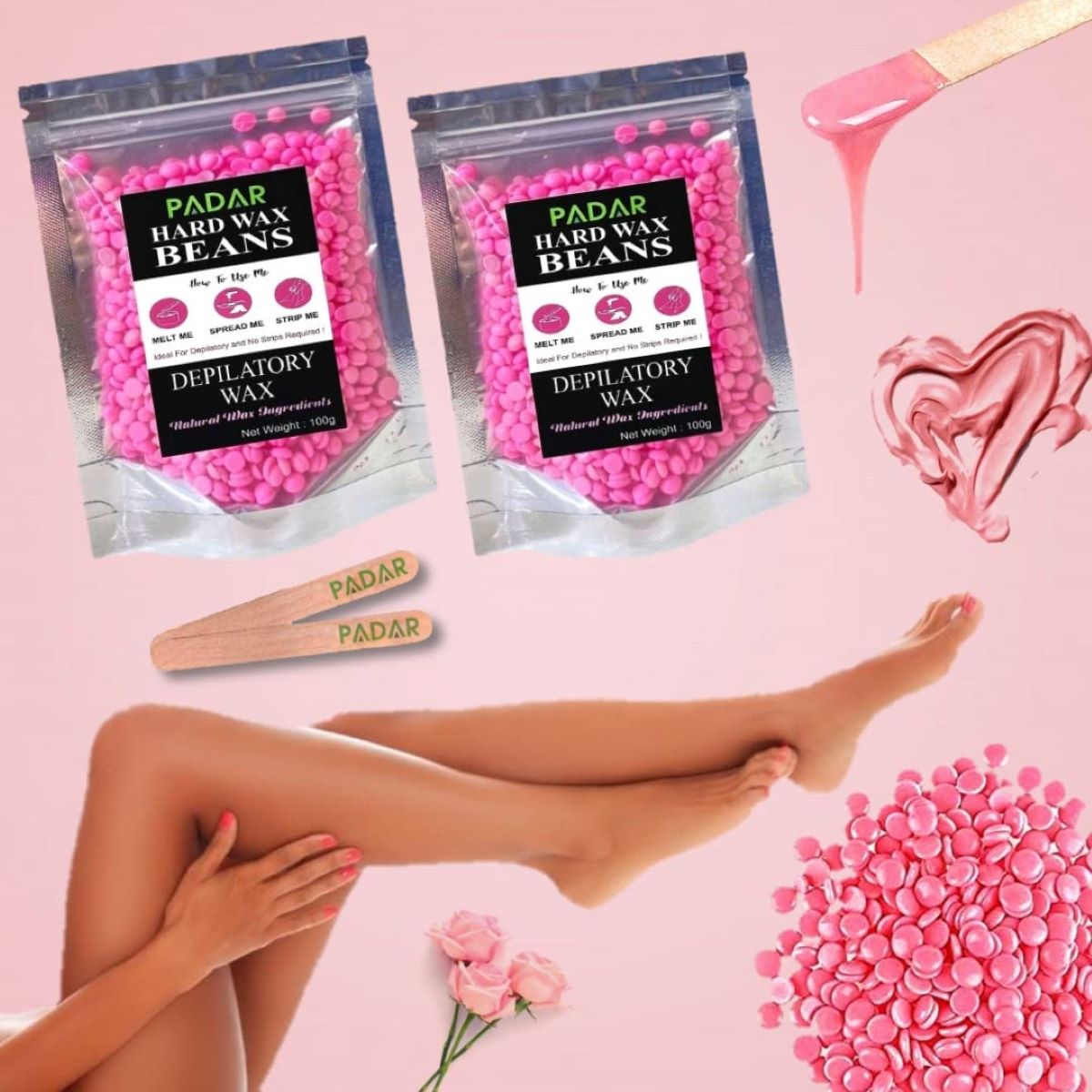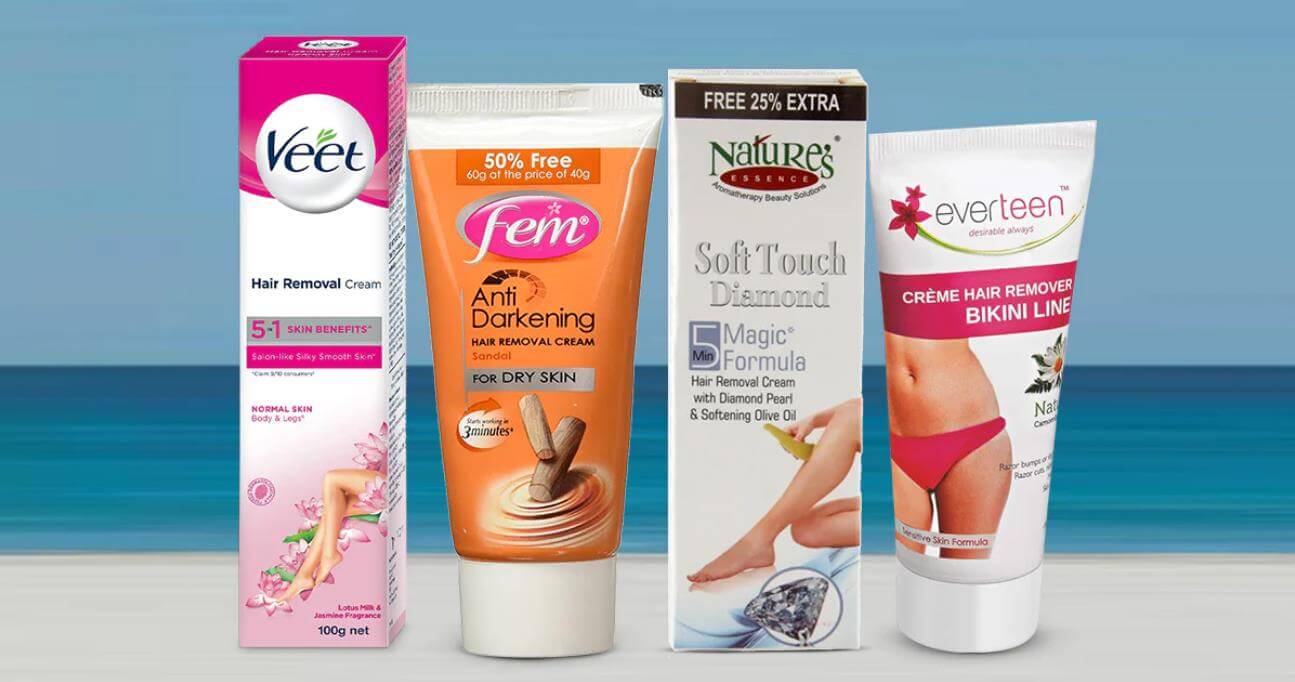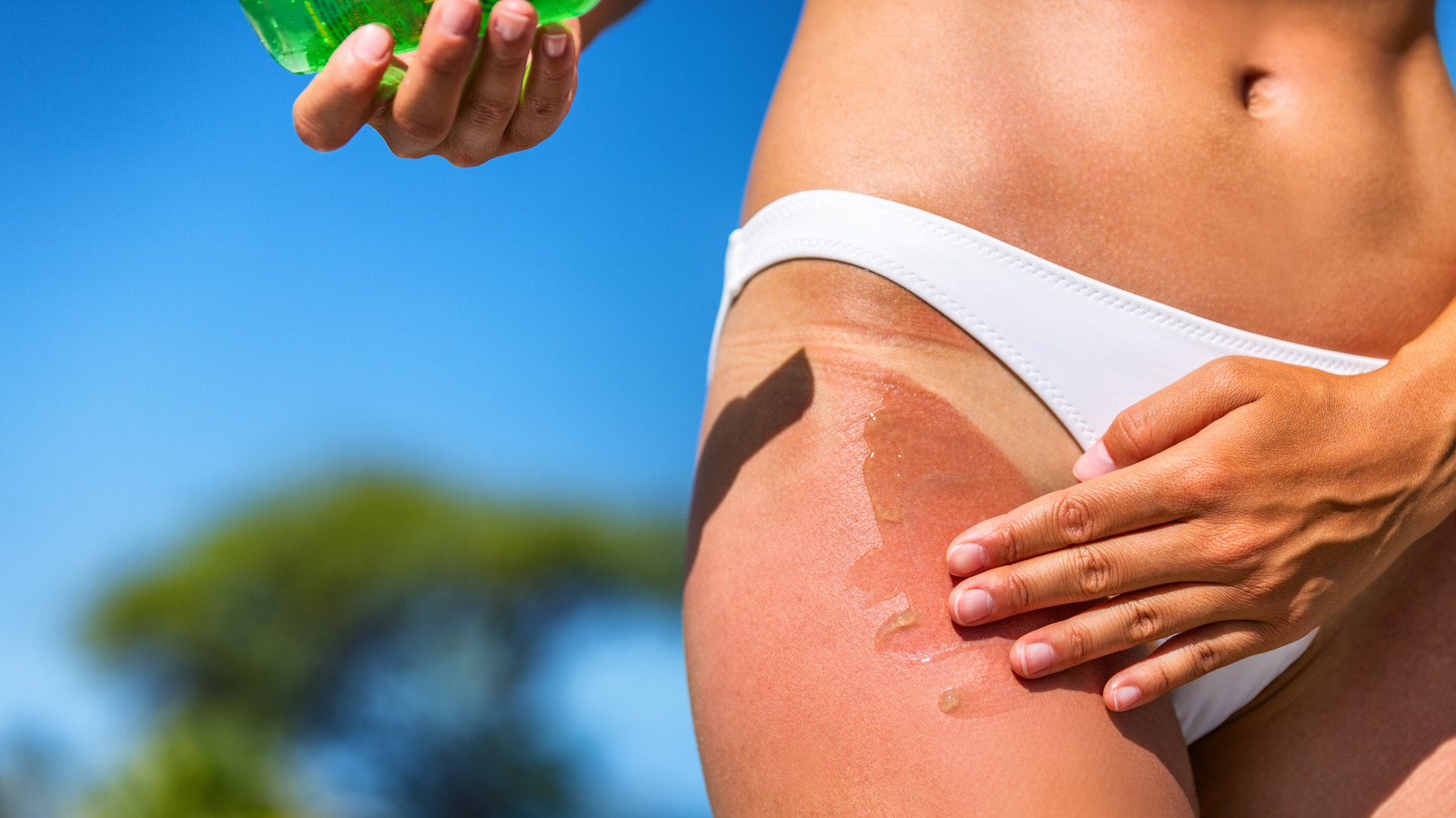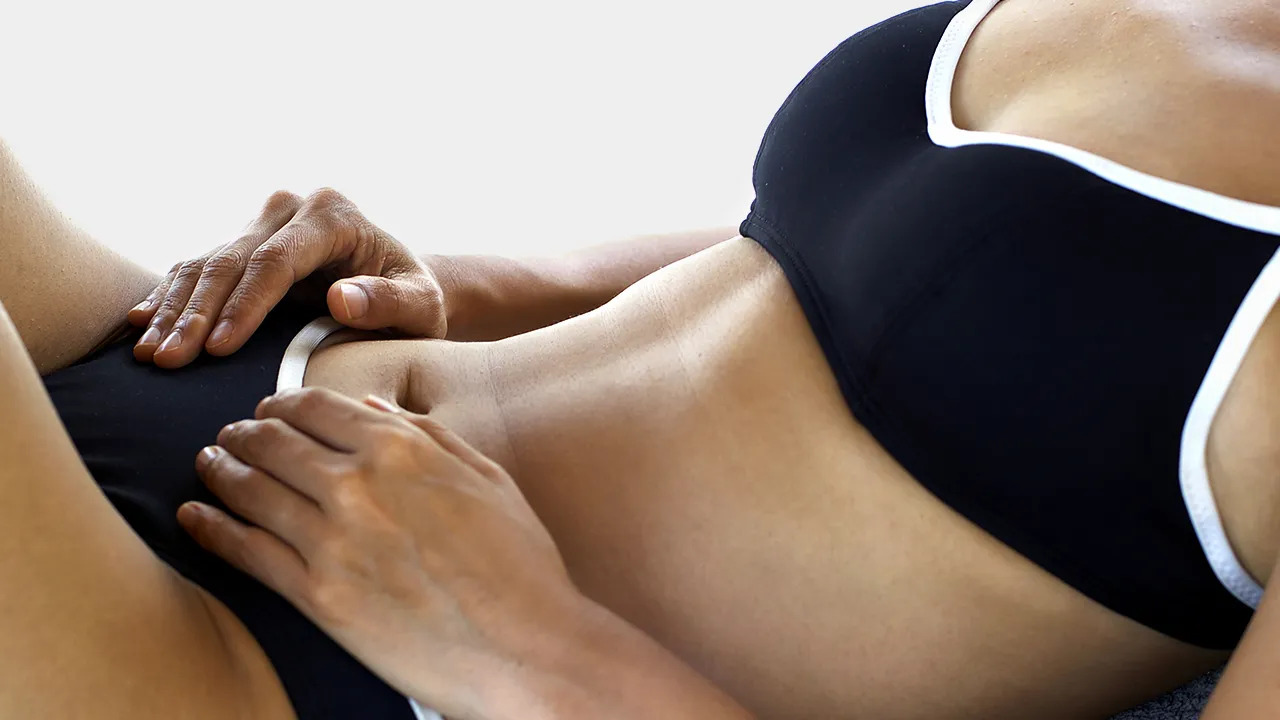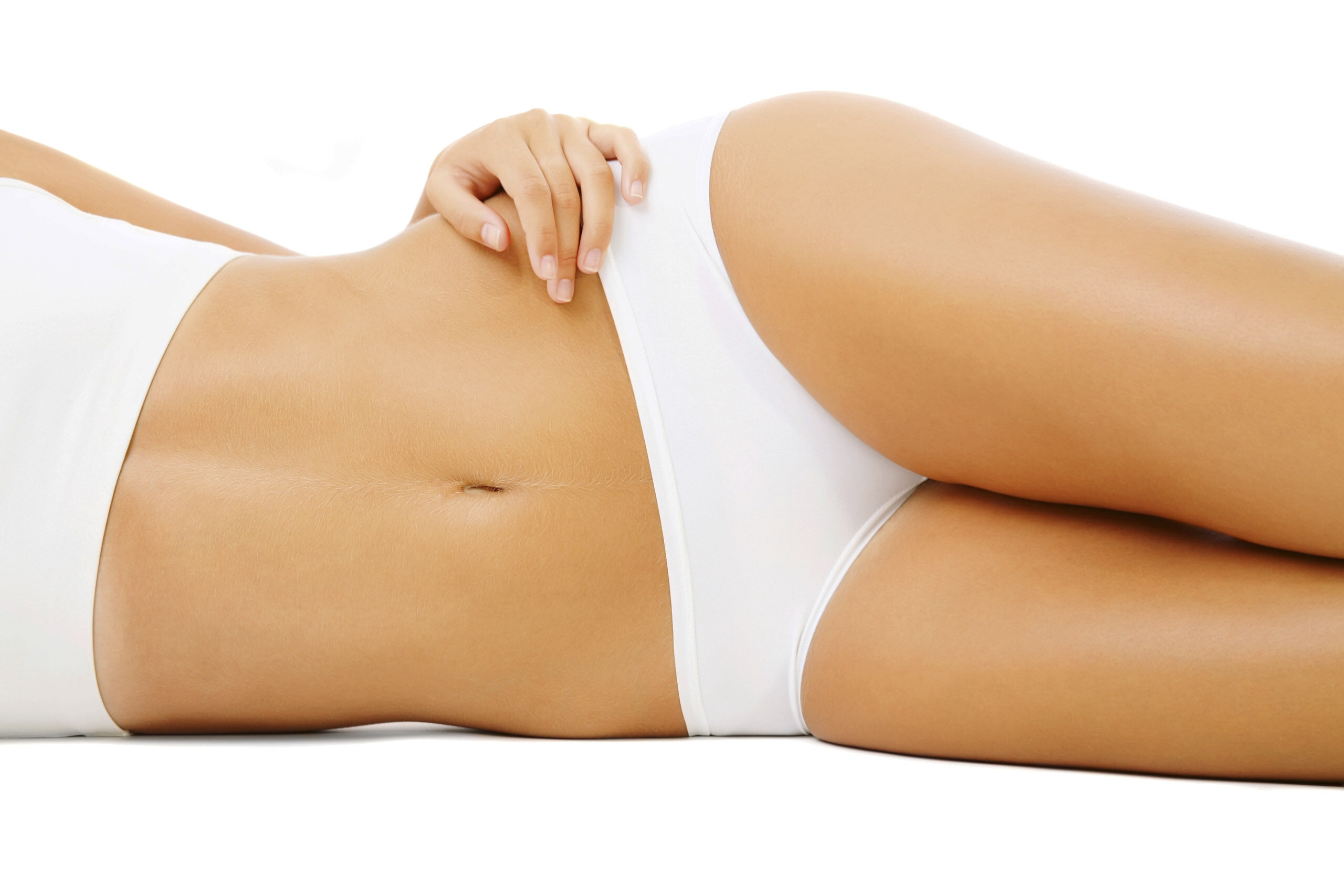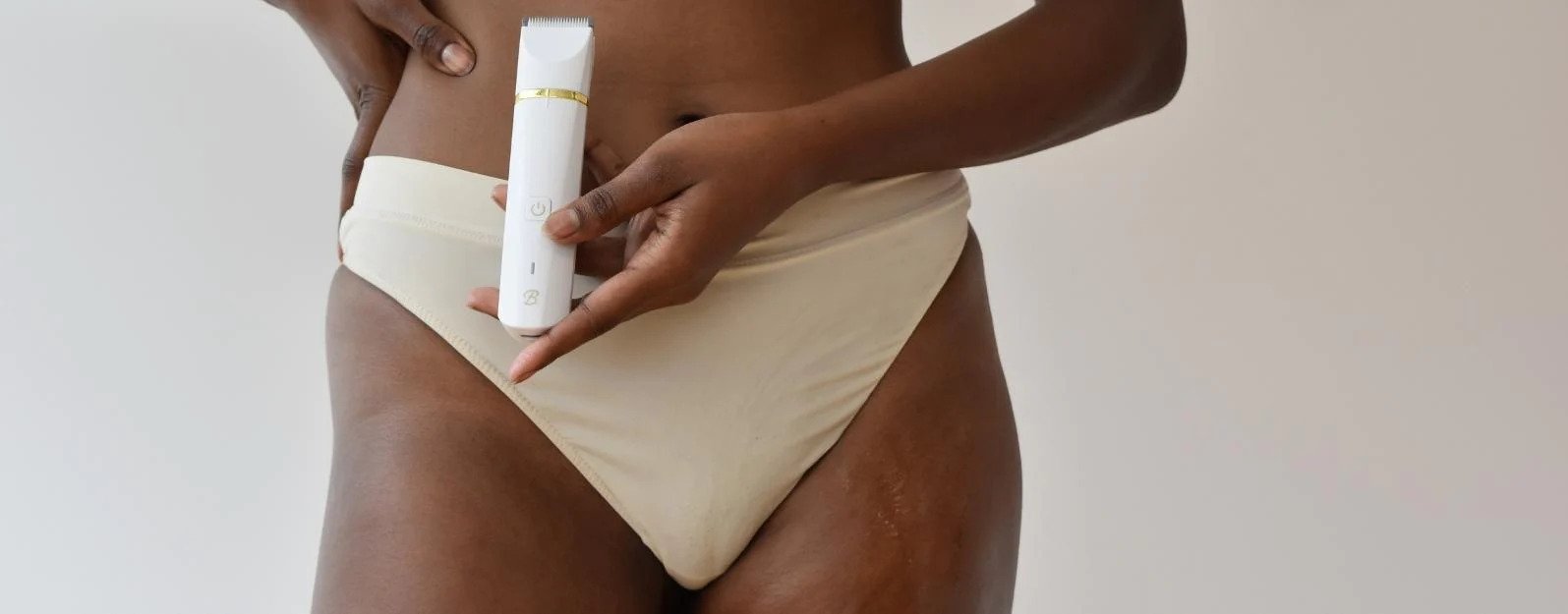Home>How-to Guides>For Women>How To Wax In Bikini Area


For Women
How To Wax In Bikini Area
Modified: August 5, 2023
Learn how to wax your bikini area at home with this step-by-step guide for women. Get smooth, long-lasting results without the hassle of going to a salon.
(Many of the links in this article redirect to a specific reviewed product. Your purchase of these products through affiliate links helps to generate commission for Under-tec.com, at no extra cost. Learn more)
Table of Contents
Introduction
Waxing the bikini area is a popular hair removal method among women. It not only provides smooth and long-lasting results, but it can also reduce the frequency of hair growth over time. Whether you’re preparing for a beach vacation or simply prefer the clean, hair-free feeling, waxing can be a great option.
However, waxing in the bikini area requires careful preparation and technique to minimize discomfort and achieve optimal results. In this article, we will guide you through the steps to waxing in the bikini area, including tips for pre-wax preparation, choosing the right wax, proper waxing technique, aftercare tips, and common mistakes to avoid.
Before diving into the details, it’s important to note that waxing may cause some discomfort, especially for first-timers. However, with practice and the right approach, the process can become more manageable and less painful over time.
So, if you’re ready to embark on your bikini waxing journey, let’s get started with the essential tips and techniques to ensure a successful and smooth experience.
Preparing for Waxing
Before you begin the waxing process, it’s crucial to properly prepare your skin to achieve the best results and minimize potential discomfort. Here are some key steps to follow:
- Allow hair to grow to the right length: For effective waxing, the hair in the bikini area should ideally be at least a quarter of an inch long. This length ensures that the wax can adhere to the hair follicles properly for efficient removal.
- Exfoliate the area: Gently exfoliating the bikini area a day or two before waxing helps remove dead skin cells and allows the wax to grip the hair more easily. Use a gentle exfoliating scrub or brush to avoid irritation.
- Cleanse and dry the skin: Before waxing, make sure your bikini area is clean and free from any lotions, oils, or creams. Avoid using any harsh soaps or scrubs as they can irritate the skin. Pat the area dry thoroughly to ensure the wax adheres properly.
- Prepare necessary tools: Gather all the necessary supplies for waxing, including a quality wax kit, wax strips, wooden applicators, baby powder or cornstarch, and soothing post-wax lotion or oil. Having everything within reach will make the process smoother and more efficient.
By taking the time to prepare your skin and gather all the necessary tools, you’ll be setting yourself up for a successful and comfortable waxing experience.
Choosing the Right Wax
When it comes to waxing the bikini area, selecting the right type of wax is vital for achieving effective hair removal without causing unnecessary irritation. Here are some factors to consider when choosing the right wax:
- Hard Wax or Soft Wax: A crucial decision is whether to opt for hard wax or soft wax. Hard wax is typically recommended for the bikini area as it adheres only to the hair, making it less painful and suitable for sensitive skin. Soft wax, on the other hand, is applied with strips and is better suited for larger areas such as the legs.
- Quality and Brand: Investing in a high-quality wax is essential. Look for reputable brands that specialize in waxing products. Quality waxes are formulated to grip the hair firmly while minimizing skin irritation, ensuring a smoother and more efficient waxing experience.
- Ingredients: Pay attention to the ingredients used in the wax. Opt for waxes that are free from harsh chemicals, artificial fragrances, and potential allergens. Natural ingredients like aloe vera or chamomile can help soothe the skin during and after waxing.
- Temperature: Different waxes require various temperature settings for optimal performance. Follow the instructions provided with the wax kit to ensure you heat the wax to the correct temperature. Applying wax that is too hot can lead to burns, while wax that is too cool may not effectively remove the hair.
- Experience Level: Consider your level of experience with waxing. If you’re a beginner, it’s recommended to start with a wax that is specifically designed for beginners. These waxes often have a lower melting point, making them more forgiving and easier to work with.
Remember, selecting the right wax is a crucial step to ensure a successful and comfortable bikini waxing experience. Take the time to research and choose a wax that suits your needs and preferences, and always follow the manufacturer’s instructions for best results.
Pre-Wax Preparation
Proper pre-wax preparation is essential to minimize discomfort and achieve the best results when waxing the bikini area. Follow these important steps to prepare your skin before the waxing process:
- Trim the hair: If the hair in the bikini area is excessively long, it’s a good idea to trim it to the recommended length of a quarter-inch. This will make the waxing process more effective and less painful.
- Ensure clean skin: Before applying the wax, make sure the bikini area is clean and free from any oils, lotions, or creams. Use a gentle cleanser to remove any residue and pat the area dry.
- Apply powder: To ensure the wax adheres to the hair and not the skin, it’s beneficial to apply a light dusting of baby powder or cornstarch onto the bikini area. This helps to absorb any excess moisture and oil, allowing the wax to grip the hair effectively.
- Perform a patch test: Before applying the wax to a larger area, it’s essential to perform a patch test. Apply a small amount of wax to a small section of skin and wait for a few minutes to ensure there are no adverse reactions or allergies.
- Relax and destress: It’s crucial to be in a relaxed state of mind before waxing to minimize discomfort. Take a few deep breaths and create a calming environment with soft lighting and soothing music.
By following these pre-wax preparation steps, you’ll ensure that the wax adheres to the hair properly, resulting in a smoother and more efficient bikini waxing experience. Remember to take your time and be gentle during the process to avoid any unnecessary irritation or discomfort.
Waxing Technique
The right waxing technique is crucial for achieving efficient hair removal and minimizing discomfort in the bikini area. Follow these steps to ensure a successful waxing experience:
- Heat the wax: If using hard wax, heat it to the recommended temperature according to the instructions. Soft wax can be used at room temperature or slightly heated, depending on the product.
- Apply the wax: Using a wooden applicator, apply a thin layer of wax in the direction of hair growth. Start from the outside and work your way inwards. Remember to leave a small strip of hair in the front if desired.
- Press on a wax strip: Immediately after applying the wax, press a wax strip firmly onto the waxed area. Leave a portion of the strip hanging for easy removal later.
- Remove the strip: Hold the skin taut and swiftly pull off the wax strip in the opposite direction of hair growth. Make sure to pull the strip parallel to the skin to minimize pain. Repeat until the desired area is waxed.
- Be mindful of pain: It’s normal to experience discomfort during waxing, especially in sensitive areas. However, if the pain becomes too intense or unbearable, take a break and breathe deeply. You can also try applying gentle pressure to the waxed area immediately after removing the strip to alleviate any lingering discomfort.
- Repeat as needed: Continue applying wax, pressing on the strips, and removing them until you have waxed the entire bikini area. Remember to replace the wooden applicator regularly to maintain hygiene and ensure smooth application.
Once you have completed the waxing process, take a moment to check for any missed hairs and remove them using tweezers. Rinse the area with cool water to soothe the skin, and gently pat it dry. Avoid using any harsh soaps or lotions immediately after waxing, as they can irritate the sensitive skin.
Mastering the waxing technique in the bikini area takes practice and patience. With time and experience, you’ll become more proficient at achieving smooth and long-lasting results.
Aftercare Tips
Proper aftercare is essential to keep your skin healthy and minimize any potential irritation after waxing the bikini area. Here are some important aftercare tips to follow:
- Avoid hot baths and showers: For at least 24 hours after waxing, avoid hot baths, showers, or saunas. Hot water can irritate the skin and cause further redness or discomfort.
- Wear loose clothing: Opt for loose-fitting clothing made from breathable fabrics to allow the skin to breathe and minimize friction. Tight clothing can rub against the waxed area and cause irritation.
- Avoid sun exposure: After waxing, the skin may be more sensitive to sunlight. It’s recommended to avoid prolonged sun exposure and use sunscreen with at least SPF 30 if you plan to be outdoors.
- Avoid exfoliation: Refrain from exfoliating the waxed area for at least 48 hours after waxing. Exfoliation can further irritate the skin and potentially lead to ingrown hairs.
- Moisturize regularly: Keep the waxed area moisturized to soothe the skin and prevent dryness. Opt for a gentle, fragrance-free moisturizer and apply it daily.
- Avoid touching or picking: To prevent infection or further irritation, avoid touching or picking at the waxed area. Allow the skin to heal naturally.
- Do not shave: To maintain the benefits of waxing, refrain from shaving the area between waxing sessions. Shaving can disrupt the hair growth cycle and make future waxing less effective.
Following these aftercare tips will help you maintain smooth and healthy skin after waxing. If you experience excessive redness, swelling, or discomfort that lasts longer than a few days, it’s advisable to consult with a dermatologist for further guidance.
Common Mistakes to Avoid
Waxing the bikini area requires precision and attention to detail. To ensure a successful waxing experience, it’s important to avoid common mistakes that can lead to discomfort or unsatisfactory results. Here are some mistakes to watch out for:
- Skipping pre-wax preparation: Properly preparing the skin is essential for effective waxing. Skipping steps like exfoliating, cleansing, and applying powder can make the wax less effective and lead to more pain during the process.
- Not following the instructions: Each wax product may have specific instructions for application and removal. It’s crucial to read and follow the instructions provided to achieve the best results and minimize any potential issues.
- Waxing too frequently: Over-waxing can irritate the skin and disrupt the natural hair growth cycle. It’s important to allow enough time for the hair to grow to the recommended length before each waxing session.
- Using the wrong type of wax: Choosing the wrong type of wax, such as using soft wax instead of hard wax, can result in less effective hair removal and more discomfort. Selecting the appropriate wax for the bikini area is key.
- Pulling the strip incorrectly: When removing the wax strip, make sure to pull it parallel to the skin and in the opposite direction of hair growth. Pulling too slowly or in the wrong direction can lead to less effective hair removal and more pain.
- Ignoring aftercare: Neglecting proper aftercare can result in skin irritation, ingrown hairs, and other issues. Take the time to follow the recommended aftercare routine to keep your skin healthy and smooth.
- Waxing during certain times of the month: Some women may find that they are more sensitive to pain during certain times of the month, such as right before or during their menstrual cycle. It’s advisable to schedule waxing sessions outside of these times if possible to minimize discomfort.
Avoiding these common mistakes will help you achieve the best results and minimize any potential issues or discomfort during and after waxing the bikini area. Remember to be patient, take your time, and continue practicing proper technique to improve your waxing skills over time.
Alternative Hair Removal Methods
While waxing is a popular choice for hair removal in the bikini area, there are other options available. Here are some alternative hair removal methods to consider:
- Shaving: Shaving is a quick and convenient hair removal method. It involves using a razor to cut the hair at the surface of the skin. However, the results are temporary, and the hair typically grows back quickly.
- Depilatory creams: Depilatory creams contain chemicals that break down the hair. These creams are applied to the skin and left on for a specified amount of time before being wiped away. The results last longer than shaving, but the chemicals may cause skin irritation for some individuals.
- Laser hair removal: Laser hair removal is a more permanent solution that uses concentrated beams of light to destroy hair follicles. It can be costly and requires multiple sessions, but it offers long-lasting results and can significantly reduce hair growth over time.
- Epilation: Epilators are devices that mechanically pull out multiple hairs at once. They work similar to tweezing but are more efficient for larger areas. Epilation can provide longer-lasting results than shaving, but it may cause discomfort for some individuals.
- Sugaring: Sugaring is a hair removal technique that uses a paste made from sugar, water, and lemon juice. The paste is applied to the skin and then removed, taking the hair with it. Sugaring is a natural and less painful alternative to waxing, with results lasting for several weeks.
- Threading: Threading is a technique that uses a twisted cotton thread to remove hair. It is commonly used for facial hair, but it can also be used in the bikini area. Threading provides precise hair removal, but it may be more time-consuming compared to other methods.
Each alternative hair removal method comes with its own pros and cons, so it’s important to consider factors such as cost, convenience, and personal preference when choosing the method that suits you best. Experimenting with different methods can help you determine which one gives you the desired results.
Conclusion
Waxing the bikini area can be a highly effective method of hair removal, providing smooth and long-lasting results. By following the proper techniques and guidelines, you can achieve a successful waxing experience with minimal discomfort or irritation.
Remember to thoroughly prepare your skin before waxing, choosing the right type of wax for your needs, and following the recommended waxing technique. Aftercare is essential to keep your skin healthy and maintain the results of your waxing session.
Despite the popularity of waxing, there are alternative hair removal methods available, such as shaving, depilatory creams, laser hair removal, epilation, sugaring, and threading. Exploring these options can help you find the method that best suits your preferences and needs.
Whether you choose waxing or another hair removal method, it’s important to find what works best for you and prioritize your comfort and skin health. With practice and patience, you can achieve smooth and hair-free results in the bikini area.

